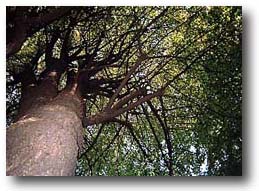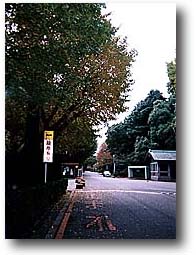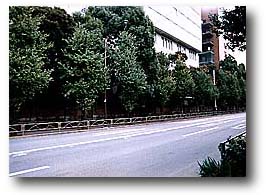

|
2. Chichinoki (a milk tree, chichi means milk). The ginkgo tree was called "yachao" during the Ming dynasty (1358-1661) in China, and was later changed into "ichou". The historic spelling of "ichou" is "itefu", because in the Edo period (1603-1887) it was called "ichiyou", which means one leaf and then "ichiyou" was shortened into "ichou". | 
|
| | |
 | 3. The wood of ginkgo trees is easy to use for building because it has a fine grain. It is good for structures, sculptures, tea shelves, Buddhist family altars and go-boards (go-ban). Ginkgo nuts contain a lot of starch and have a special smell and taste. They are used for cooking dishes such as chawanmushi. However, eating too many of them can cause diarrhea. Ginkgo nuts are also used for cough drops. |
| | |
| 4. The gingko tree is the symbol tree of the Tokyo Metropolitan area and Bunkyo Ward. Ginkgo trees propagate easily and are fire-resistant, so there are many ginkgo avenues in Bunkyo. In autumn, its yellow leaves are beautiful. | 
|
Megumi Ito
Sayaka Hata
Sakiko Miyazaki
Yuki Watanabe
Bunkyo Women's College
